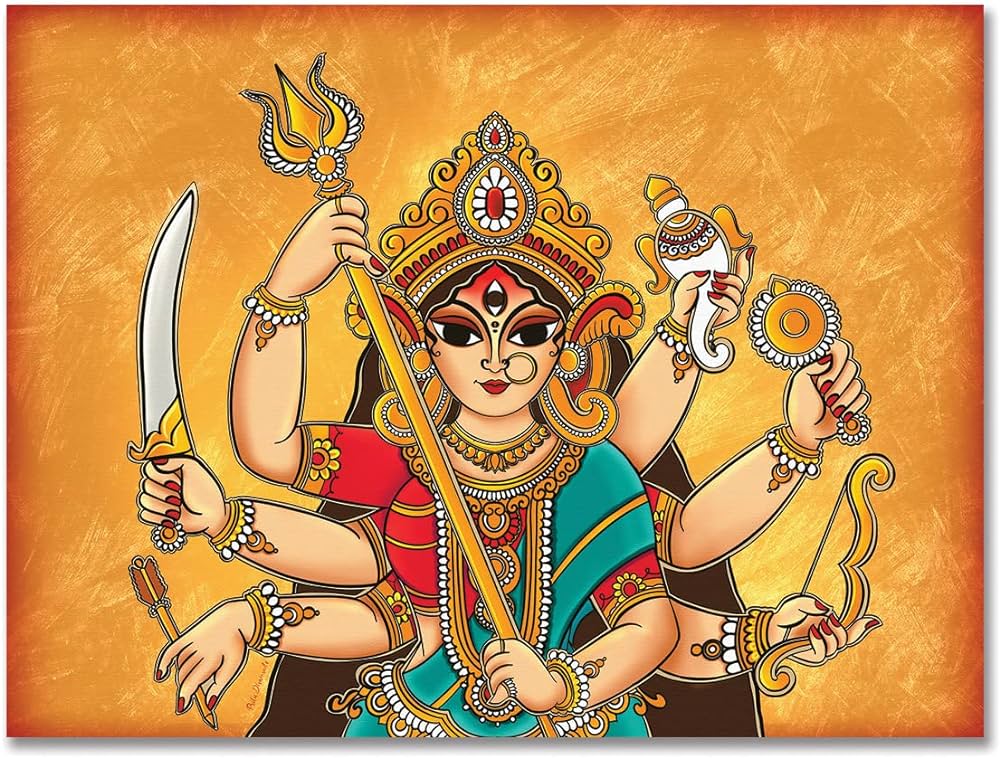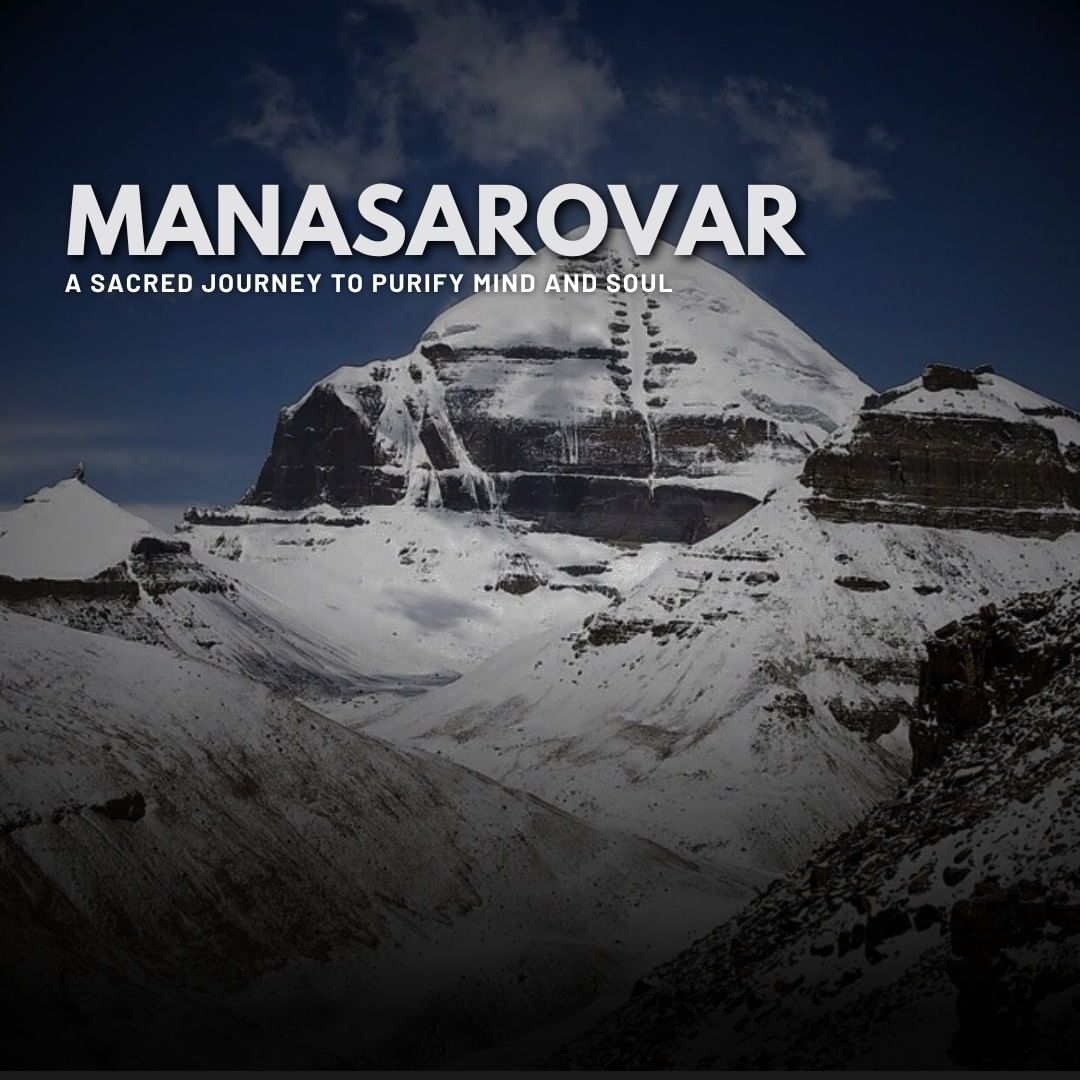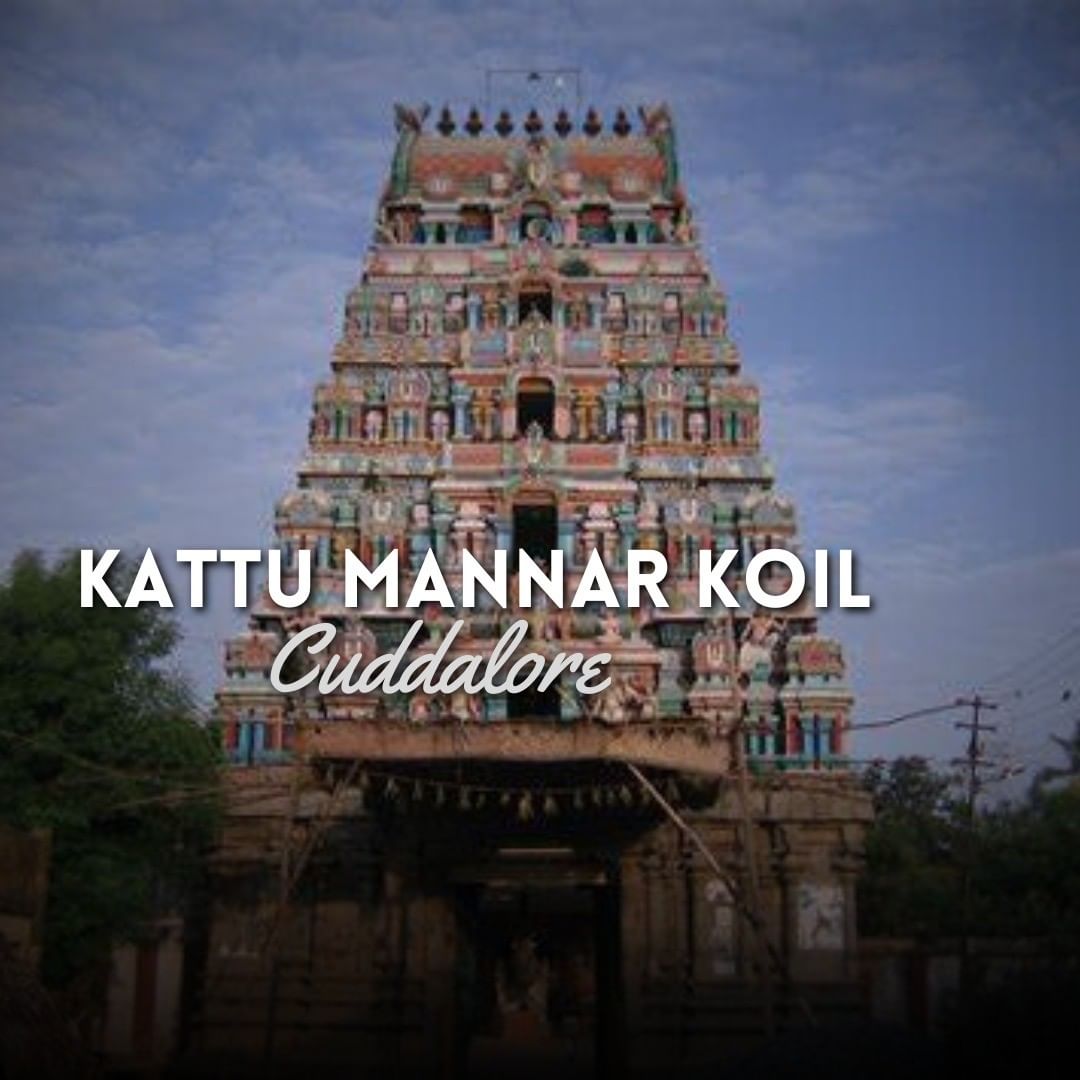
Navagraha Circuit
Nine Planets, One Destiny: Unlock Your True Potential with Navagraha
Navagraha, a Sanskrit term, translates to "nine celestial bodies" in English. In Hindu astrology, Navagraha refers to the nine significant celestial bodies or planets that are believed to influence human life and destiny. These planets include...


Shiva Circuit
Infinite Strength, Boundless Compassion
Turn yourself into a limitless strength through Shiva's spiritual circuit with Circuit tours...


Ramayana Circuit
An Epic Journey of Virtue, Valour, and Divine Enlightenment.
Ramayan Travel is a unique and spiritually enriching travel experience that takes enthusiasts on a journey to explore the sacred sites and significant locations...


Krishna Circuit
The Supreme Soul, Guiding Hearts to Blissful Wholeness
Krishna's life and teachings are prominently documented in the ancient Indian epic...


Shakthi Circuit
From Darkness to Light: Embrace Shakthi's Guidance and Transform Your Life!
We will take you to the divine feminine strength through the spiritual circuit of Circuit tours...


Ponniyin Selvan Circuit
Embark on an Epic Journey through Intrigue and Betrayal: Ponniyin Selvan - Unraveling the Threads of Destiny!
Visit the historic and cholas dynasty places with Circuit tours...




































